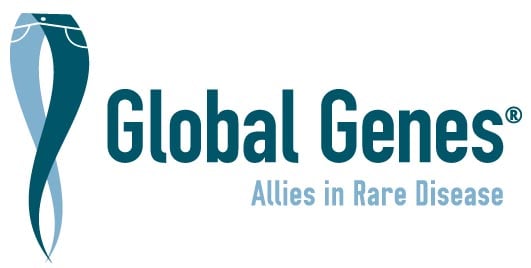Spondyloperipheral dysplasia-short ulna syndrome
Spondyloperipheral dysplasia-short ulna syndrome is a rare genetic primary bone dysplasia with highly variable phenotype typically characterized by platyspondyly brachydactyly type E changes (short metacarpals and metatarsals short distal phalanges in hands and feet) bilateral short ulnae and mild short stature. Other reported features include additional skeletal findings (e.g. midface hypoplasia degenerative changes in proximal femora limited elbow extension bilateral sacralization of L5 clubfeet) as well as myopia hearing loss and intellectual disability.
Data from Orphanet are used to provide information on a disease's name, synonym(s), and overview.
Reference: Access aggregated data from Orphanet at Orphadata.
Orphadata: Free access data from Orphanet. © INSERM 1999. Available on http://www.orphadata.org. Data version April 2024
Newly diagnosed with
Spondyloperipheral dysplasia-short ulna syndrome?
Our RARE Concierge Services Guides are available to assist you by providing information, resources and connections as you navigate your rare disease journey.
Advocacy Organizations
Syndromes Without A Name (SWAN) Australia
Provide information, support and advocacy to families caring for a child with an undiagnosed or rare genetic condition.
The Chandler Project
The Chandler Project brings awareness and shines a light on transformative research surrounding achondroplasia and other skeletal dysplasias by offering support to a global community and network of patients, parents, and caregivers seeking information on scientific discoveries, pharmaceutical advancements and surgical treatment options.
Clinical Trials
For a list of clinical trials in this disease area, please click here.
